Gut bacteria alleviate smoking-related NASH by degrading gut nicotine
- PMID: 36261549
- PMCID: PMC9589931
- DOI: 10.1038/s41586-022-05299-4
Gut bacteria alleviate smoking-related NASH by degrading gut nicotine
Abstract
Tobacco smoking is positively correlated with non-alcoholic fatty liver disease (NAFLD)1-5, but the underlying mechanism for this association is unclear. Here we report that nicotine accumulates in the intestine during tobacco smoking and activates intestinal AMPKα. We identify the gut bacterium Bacteroides xylanisolvens as an effective nicotine degrader. Colonization of B. xylanisolvens reduces intestinal nicotine concentrations in nicotine-exposed mice, and it improves nicotine-exacerbated NAFLD progression. Mechanistically, AMPKα promotes the phosphorylation of sphingomyelin phosphodiesterase 3 (SMPD3), stabilizing the latter and therefore increasing intestinal ceramide formation, which contributes to NAFLD progression to non-alcoholic steatohepatitis (NASH). Our results establish a role for intestinal nicotine accumulation in NAFLD progression and reveal an endogenous bacterium in the human intestine with the ability to metabolize nicotine. These findings suggest a possible route to reduce tobacco smoking-exacerbated NAFLD progression.
© 2022. This is a U.S. Government work and not under copyright protection in the US; foreign copyright protection may apply.
Conflict of interest statement
Figures
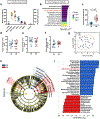
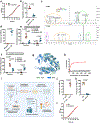
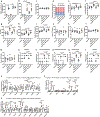
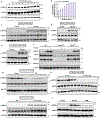
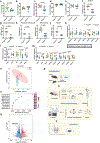









Comment in
-
Gut bacteria degrade nicotine.Nat Rev Microbiol. 2023 Jan;21(1):3. doi: 10.1038/s41579-022-00826-6. Nat Rev Microbiol. 2023. PMID: 36352026 No abstract available.
-
Guardian, Intermediary, or Perpetrator? New Insights Into Environmental Exposure, the Gut Microbiome, and Nonalcoholic Fatty Liver Disease.Gastroenterology. 2023 Mar;164(3):492. doi: 10.1053/j.gastro.2022.11.017. Epub 2022 Nov 15. Gastroenterology. 2023. PMID: 36395873 No abstract available.
References
Publication types
MeSH terms
Substances
Supplementary concepts
Grants and funding
LinkOut - more resources
Full Text Sources
Medical
Molecular Biology Databases

